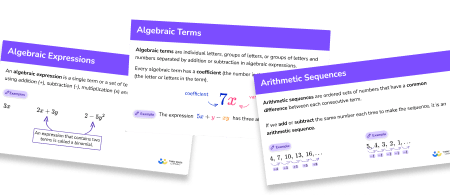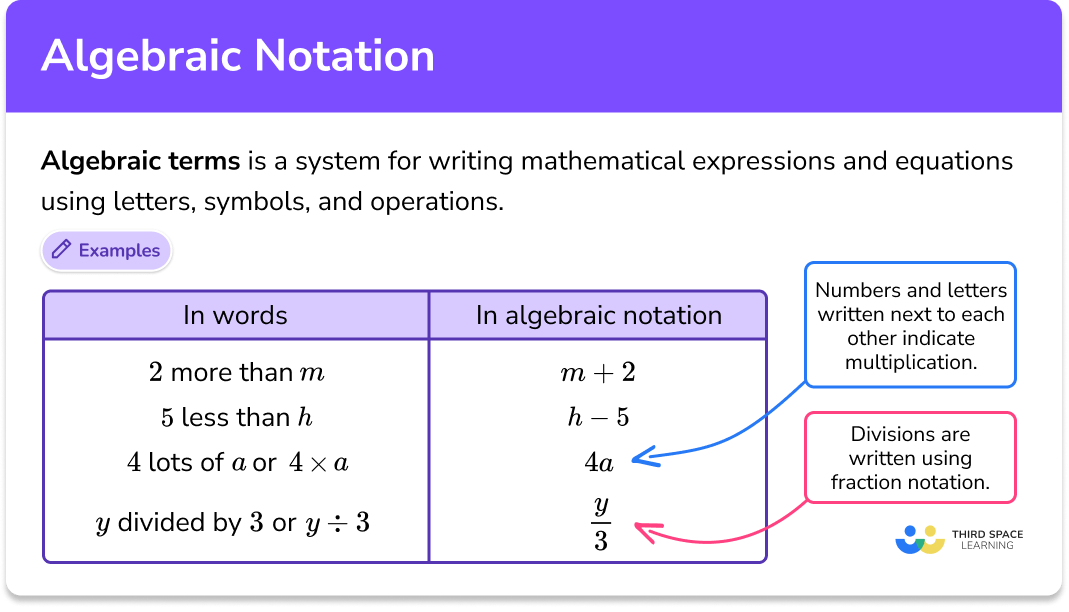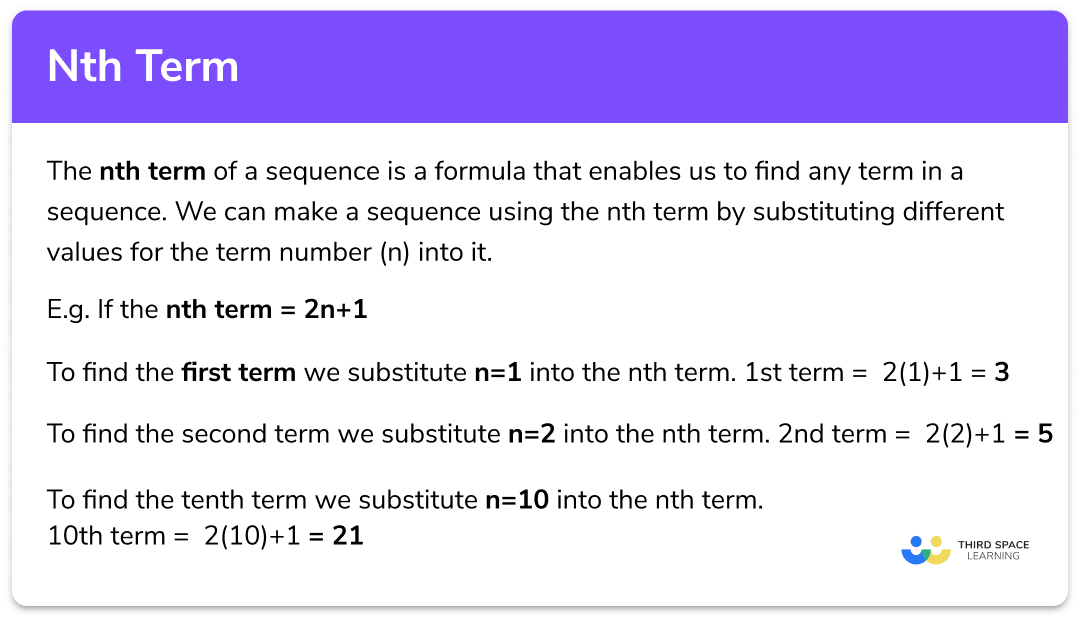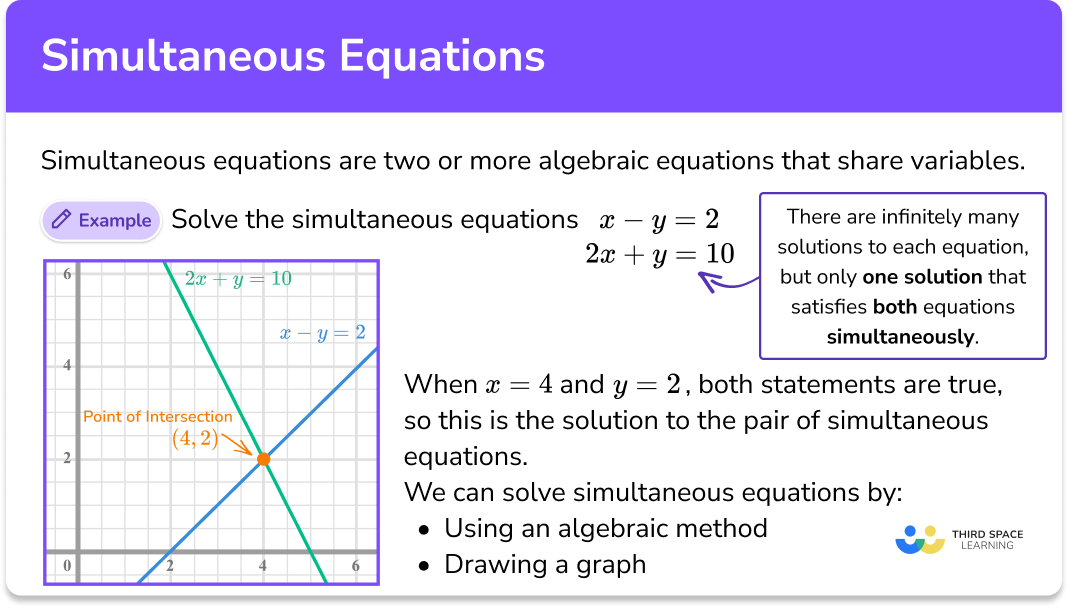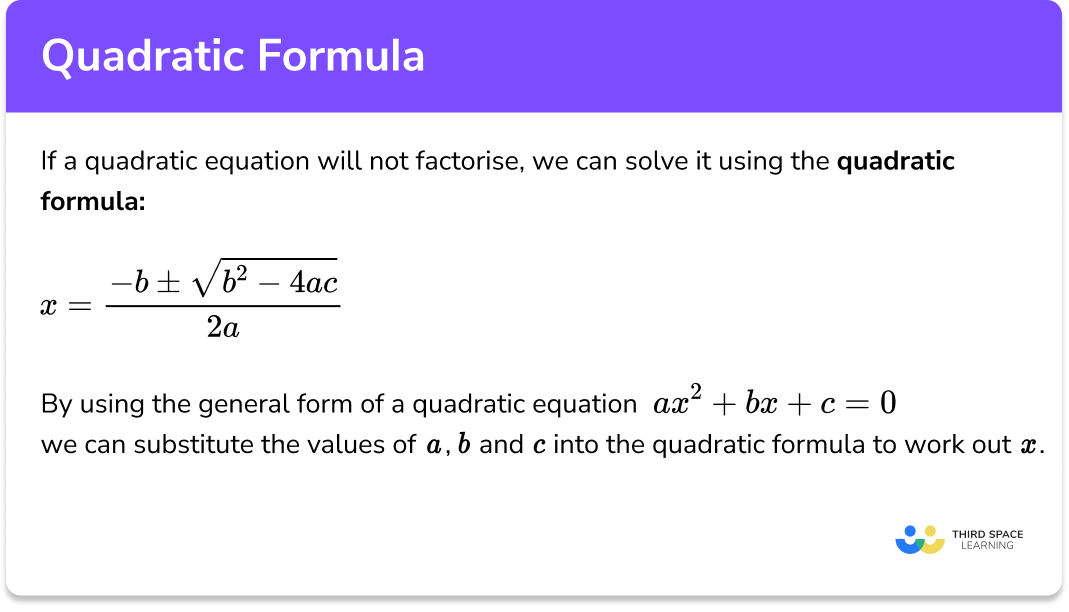FREE DOWNLOAD
Gradient Of A Line Worksheet

Help your students prepare for their Maths GCSE with this free gradient of a line worksheet of 30+ questions and answers
- Section 1 of the gradient of a line worksheet contains 20+ skills-based gradient of a line questions, in 3 groups to support differentiation
- Section 2 contains 3 applied gradient of a line questions with a mix of worded problems and deeper problem solving questions
- Section 3 contains 3 foundation and higher level GCSE gradient of a line exam questions
- Answers and a mark scheme for all gradient of a line questions are provided
- Questions follow variation theory with plenty of opportunities for students to work independently at their own level
- All questions created by fully qualified expert secondary maths teachers
- Suitable for GCSE maths revision for AQA, OCR and Edexcel exam boards
Gradient of a line at a glance
The gradient of a line tells us how steep that line is, the bigger the gradient, the steeper the line. A line with a positive gradient slopes upwards from left to right and a line with a negative gradient slopes downwards. When the equation of a straight line is written in the form y=mx+c, the value m is the gradient of the line. Straight line graphs are also known as linear graphs as their equations contain terms in x,y and constants only, with no higher powers of x or y.
Step-by-step guide: Gradient of a line
The gradient of a straight line can be calculated by taking any two points on the line, subtracting the y values, subtracting the x values and then dividing them.
Since the gradient of a line tells us how steep the line is, parallel lines have equal gradients. The gradients of perpendicular lines – lines which meet at right angles – are negative reciprocals of each other.
Horizontal and vertical lines have slightly adapted equations. Lines of the form y=a (where a is a constant) are straight horizontal lines with a gradient of 0. Lines of the form x=a (where a is a constant) are straight vertical lines and have a gradient of ∞.
When drawing straight line graphs, we can either use a table of values calculated using the equation of the line, or we can use information about the y intercept and the gradient of the line. The y intercept tells us the y coordinate of the point where the line crosses the y axis and the gradient tells us how many steps to go up for every one we go across. We can start drawing our line from the given point on the y axis and move across and up/down by the appropriate amount between each point on the line.
Looking forward, students can then progress to additional straight line graphs worksheets and on to more algebra worksheets, for example a simplifying expressions worksheet or simultaneous equations worksheet.

For more teaching and learning support on Algebra our GCSE maths lessons provide step by step support for all GCSE maths concepts.
Do you have students who need additional support?

With Third Space Learning's secondary maths tutoring programmes, students in Year 7-11 receive regular one to one maths tutoring to address gaps, build confidence and boost progress.
"My confidence in the tutoring is high. We've had some phenomenal results. I even had one girl get a Grade 8 this year; she came to every tutoring session."
Stacey Atkins, Maths Director, Outwood Grange Academies Trust

